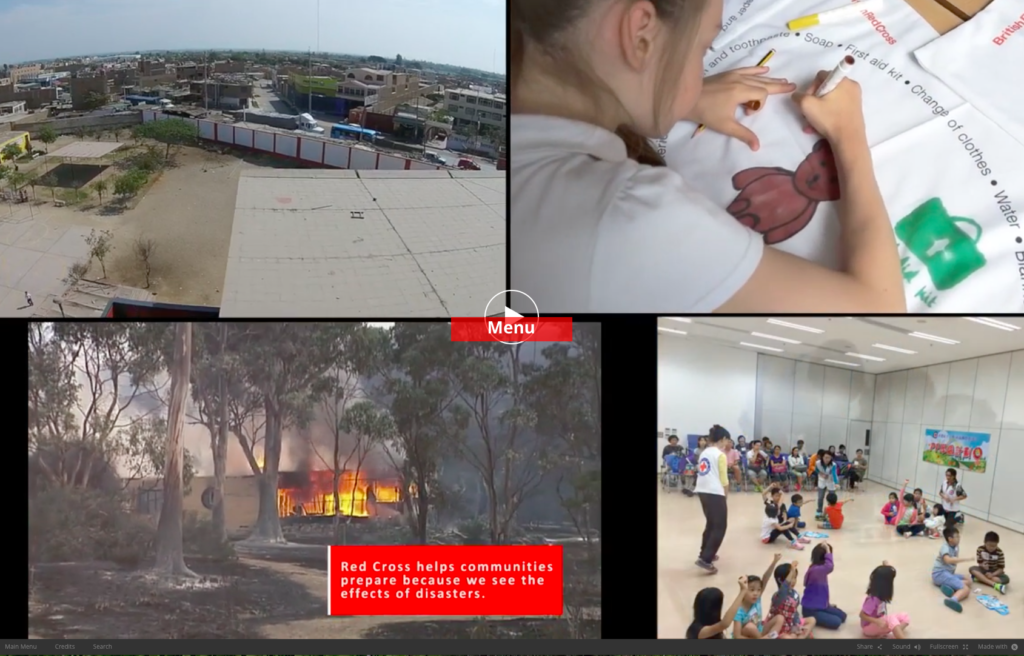global pillowcase project-idoc
Tag Archives: evaluation
Pillow Case Project International Pilot Peru: Video Case Study
In December 2014 we went to Peru for American Red Cross/ Global Disaster Preparedness Center as part of the evaluation team. Purpose was to develop a knowledge-rich video case study about the adaptation, implementation and results of the Pillow Case Project in Peru for use by other Red Cross chapters in Peru as they scale up, as well as by other countries considering the project. Six countries were part of the initial international pilot funded by Disney with more than double that number of participating countries anticipated for 2015. The Video Case Study is intended to be an evaluation and knowledge management product that informs design and implementation from country to country. The opportunity exists to develop additional videos from all the footage we captured and interviews we conducted, more targeted for advocacy and communications. Quimera has also constructed the initial installments for a video-based KM archive for the project based on the raw footage collected in the field.
The inclusion of a video drone as part of the equipment mix was a first for Quimera, very exciting. Aerial footage of the the earthquake and tsunami affected communities offered a very powerful perspective and helped to provide important visual context to the project.
One again Taylor Krauss was part of the Quimera team, and brilliant as always.
Click here to watch the full length Video Case Study.
US Department of State: Evaluation Training Video Components
Quimera worked with Social Impact to develop video components for SI’s evaluation training courses provided to the US Department of State, Designing Evaluation and Managing Evaluation. The footage used to create the videos was drawn from the USAID GEM-3 Project Evaluation Video, also developed by Social Impact and Quimera for USAID’s Office of Learning, Evaluation and Research (coming soon to USAID/ LER).
This snippet opens a section focusing on community interview techniques.
SAIS/ Johns Hopkins: Video in Practical Research Methods
Professor Raul Roman, also Co-Founder of UBELONG, has invited me in to his class on Research Methods for a number of semesters to discuss the use of video in qualitative research and evaluation. Here’s a video we did from the very first time I came to class… lots of fun, and the students were fantastic.
UN Population Fund/ African Youth Alliance Video Report: M&E
UN Population Fund/African Youth Alliance Video Report: Botswana
In 2005 Quimera worked with the Director of Research at the UN Population Fund and their African Youth Alliance Program (AYA) to develop a project evaluation video report as part of program close-out and project documentation. As one of the first UNFPA projects designed as a full partnership with youth program leadership wanted to understand the impacts of youth participation on the project. Through a list serve Quimera was a resource for in-country project youth teams, offering training and support related to audio and visual production and interviewing. In-country youth teams conducted and filmed interviews and focus groups, sending all raw footage to Quimera for editing into a final video report.

